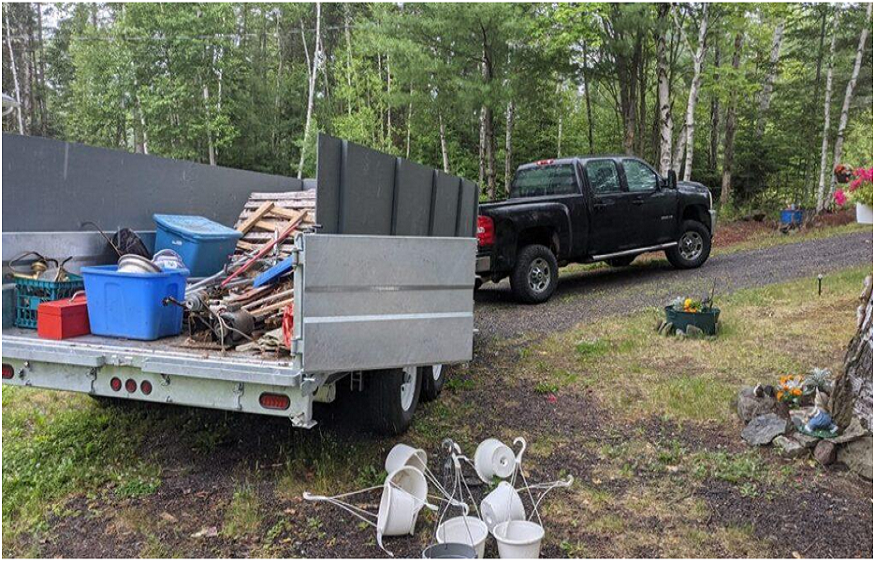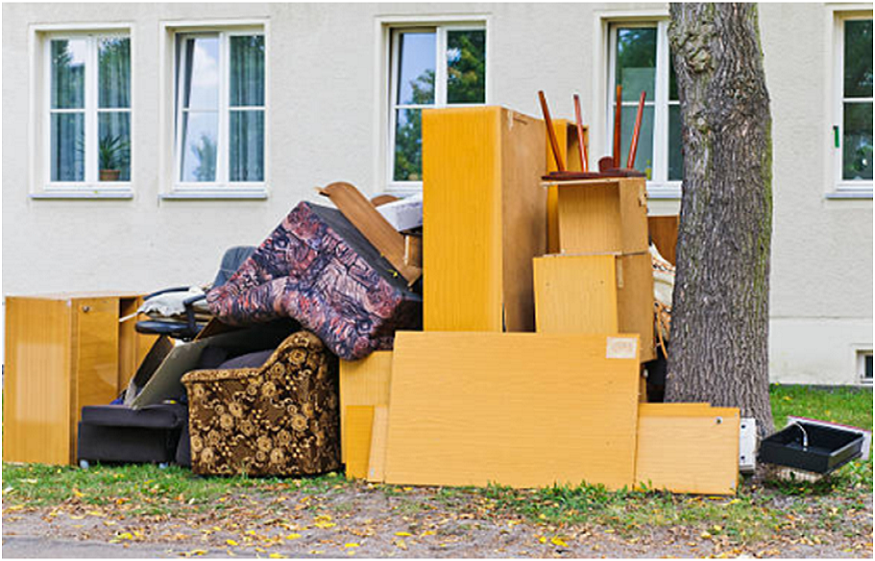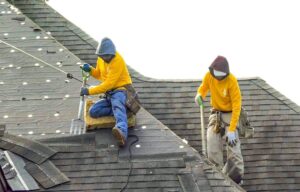A jobsite debris removal looks straight forward from the outside: load the debris, and dispose of it, and move on. In fact, contractors and DIY renovators face many roadblocks – downtime that adds time and cost to a project. A minor error, like forgetting the weight of the debris, or forgetting to obtain a permit can throw a project off course in a matter of minutes. This guide describes the “issues” we seldom address and the simple solutions to help keep the work from stopping.
Learn more at https://www.epa.gov/smm/sustainable-management-construction-and-demolition-materials.
Dealing With Oversized Materials
Big and awkward materials create the first choke point: cast-iron tubs, double pane sliding doors, roof trusses, and broken concrete. These don’t fit neatly in a debris bin, and they often exceed safe lifting parameters. If workers aren’t properly prepared, they could spend hours cutting materials into smaller, manageable chunks, staging smaller chunks, and reloading damaged components into more appropriate containers.
Before even taking the first swing of a sledgehammer, good work crews will always have planned out how large items will be processed and removed. Then the appropriate tools and containers (e.g., dumpster bins) are matched to the work task. Some good one-stop-shop playbooks are:
- Cutting larger sections into manageable pieces (using a saw or breaker, or shear) prior to loading them into containers
- Using dollies, skates, and lift straps to protect backs and floors (as part of a site cleanup service)
- Ordering a roll-off dumpster rental large enough for the bulk shapes, not just the total weight; and
- Pre-scheduling construction debris hauling for specialty items (e.g., piano, masonry, or long beams)
When it comes to the junk your disposing of, be sure to check what your local landfill and transfer-station rules are concerning maximum piece sizes as well; there are many sites that won’t accept extra-long items, unless they are pre-cut and strapped.
Hidden Hazards in Debris Piles
Some hazards do not advertise themselves. Nails are mixed into carpet rolls; wires wrap around cloth behind drywall and glass mixed with dust. Even moisture can disguise mold; older homes can have lead paint or asbestos. Even a “clean” pile may have batteries, solvents, sharps – none of which belong in landfills.
This is where training and discipline can help. A crew by some trained demolition contractor would sort as they went along, not at the curb. A trained crew bagged shard waste, boxed chemicals and labelled questionable materials for testing or special disposal. The additional effort is to avoid injury, stop-work orders and the landfill-contaminated load fee can be avoided. Uncomplicated tools like rolling magnets and HEPA vacs include blind catch waste thus keeping pathways safe.
Transport and Access Difficulties

Easier said than done but possibly more difficult than demolition moving the discarded materials to the truck or dumpster. Narrow alleys, low hanging tree limbs, soft lawns, steep driveways to negotiate, HOA rules to have to deal with access realities. In urban tight spaces even a regular 20–30-yard bin can be simply impossible.
There are a few adjustments that will usually correct the situation without affecting timelines:
- One large bin can be replaced with smaller cans and closer to the working area,
- Use of a wheelbarrow or cart to shuttle to a curbside staging area when trucks can access,
- Timing drop-offs and pickups to coincide with school drop-off as well as scheduled street sweeps or lane closures,
- When crossing lawns and pavers to job make sure to protect the surface with plywood mats!
For local homeowners searching hot tub removal Spokane, here’s a handy reference point:
Combining a plan with a dedicated spotter for truck and foot traffic will help avert near misses and content neighbors. Organizing the route as carefully as the teardown (keeping loads short, making fewer turns, and proper footing) will make each load just that much quicker.
Costs That Surprise People
Debris removal is more than “truck + driver.” Waste/disposal sites charge by weight or volume, and many have minimums. Mixed loads are generally more expensive than sorted loads. We also need to account for things like fuel, the time we spend travelling to the site, permits, and if we need to stand by while we wait for a staff member to switch out a full bin.
Contamination (we call it a budget killer that sneaks up on you). One leaking can of paint or bag of asbestos wipes can cause an entire load to be re-classified and subjected to special handling plus a second trip. On the bright side, if we separate scrap metal while loading, we can potentially offset costs with that recycling. Have clear rules and expectations for what goes where—and who signs off/approves the person working with you onsite. This will minimize surprise invoices. A good way to keep things predictable is to keep scale tickets, and quick photo logs of sorted loads. If there are questions about billing, it will be easy to settle with the facts.
Why Planning Makes All the Difference
Every efficient cleanup starts on paper. Volumes can be estimated, the right equipment can be booked, and a safe flow of materials can be established to avoid delays. Planning also allows for easier reuse, recycle and documentation of disposal; things that many clients are expecting now.
Build a simple debris plan before demolition begins.
- Quantify by material (wood, drywall, concrete, metal), then choose the proper sized containers – and don’t guess!
- Book roll-off dumpster (see more here) rentals ahead of time, including swaps, to avoid down time when your bins fill mid-shift.
- Pre-label staging areas, exits and stairways; assign personal protective equipment and tools for cutting, lifting, and dust control.
- Have your vendors lined up for any special items (appliances, masonry, e-waste) and clarify dump hours and tipping policies.
Having a clear plan takes bubbling chaos to automatic reflexes. Crews are faster, hazards are reduced, and budgets remain in place – proof that a few pages of planning save a truck load of repairs later.



